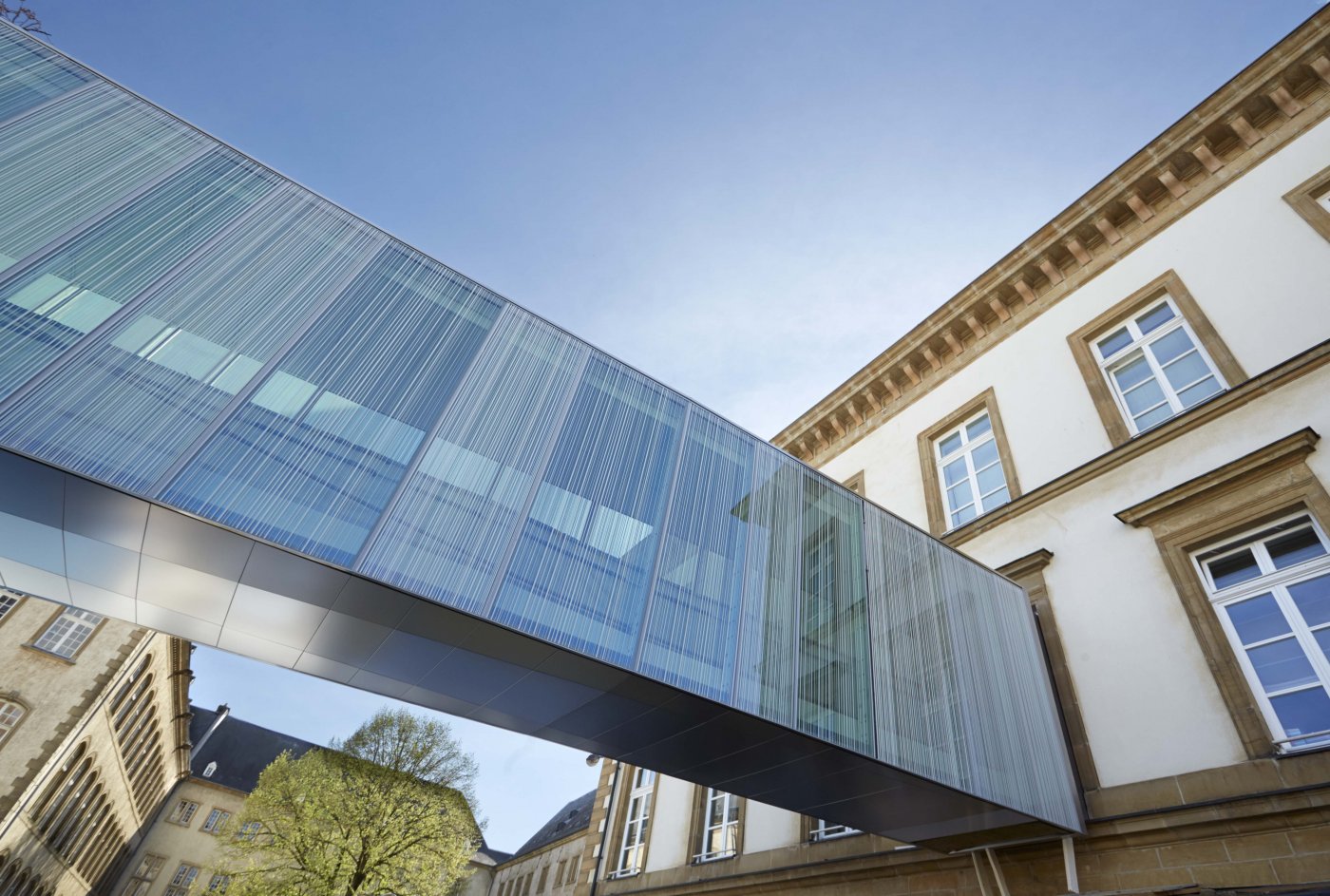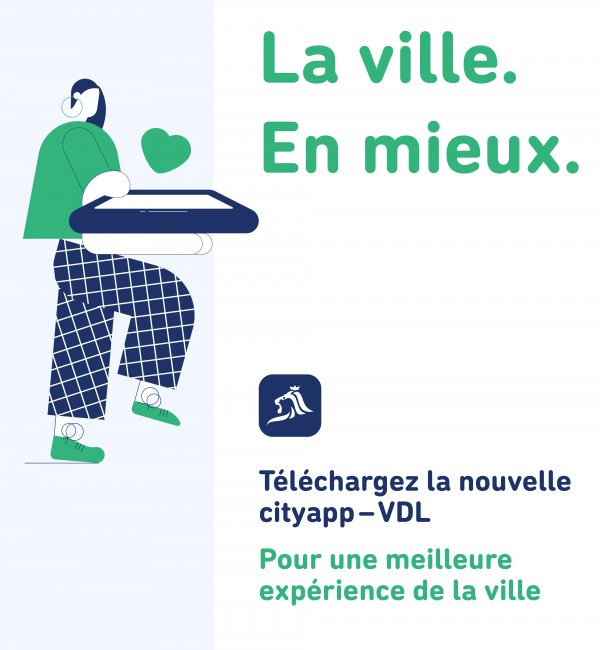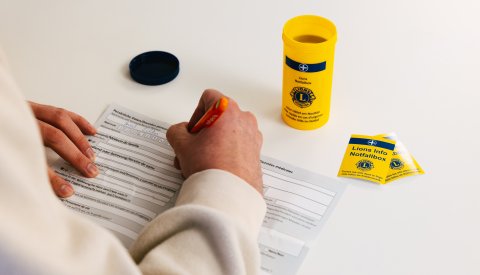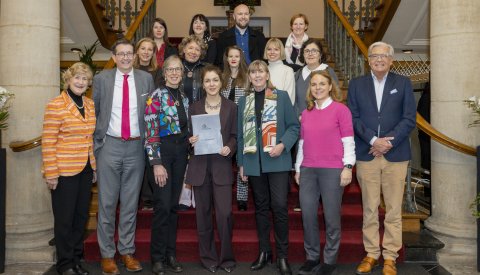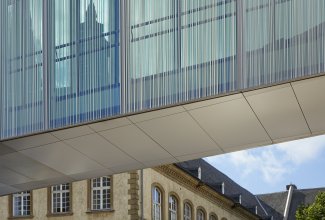Summary record
Video
Flooding on 14 and 15 July 2021
Question posed by Linda Gaasch
The heavy rainfall over the last few days has had repercussions throughout the entire country. In Luxembourg City, flooding caused the Alzette to burst its banks. Residents were severely affected by the rising water levels. Several districts and buildings were affected, and the bus network was disrupted.
We would like to extend our heartfelt thanks to the City’s officials and departments for their responsiveness and exemplary commitment in dealing with the current situation.
To fully understand the magnitude of the events, I would like to ask you to give us an update on the current situation, particularly with regard to the following questions:
- How has the City of Luxembourg been affected by the adverse weather conditions?
- What measures have been put in place in response to the events and to assist affected residents?
- What lessons can be learned from the impact of the current weather conditions on Luxembourg City? At this juncture, can we draw any conclusions as to what actions would need to be taken in the future?
Response provided by Lydie Polfer
In any case, the College of Aldermen had already planned to provide an update on the flooding that occurred overnight between 14 and 15 July. It was probably the most serious case of flooding in Luxembourg this century. On the evening of 14 July, members of the College of Aldermen were with UEFA representatives at Luxembourg’s new stadium, where everything went well. It had already started to rain, but there was not yet any flooding. After being notified of the first cases of flooding by the Head of the Emergency and Rescue Services at around 23:25, I accompanied members of the Grand Ducal Fire and Rescue Corps (CGDIS) until 2 o’clock in the morning.
The areas where flooding occurred were those that are typically affected – namely, the Grund and Pfaffenthal districts and Place Dargent – but also areas where flooding had never occurred before, such as Merl – where the Merl, a small stream, had become a raging torrent – and part of the Cloche d’Or business park, where the Drosbach – another small stream – also turned into a river.
The flooding did not occur as a result of insufficient capacity in the drainage system or urban development choices. It occurred as a result of the heavy rainfall, combined with the fact that the soil had already become saturated as a result of the frequent episodes of rain during the previous weeks. The retention basins were quickly overwhelmed. The relevant municipal services were quickly deployed to provide assistance where possible.
The College of Aldermen held an emergency meeting on the morning of 15 July and decided to reopen the public hotline (tel. 4796-4796) – which had been set up as part of the response to the COVID-19 crisis – so that the municipal services could respond to reports as quickly as possible. By 17:00 on 15 July, the hotline was called more than 50 times. Most of the calls were for assistance in dealing with flooded cellars (pumping, removal of objects from cellars, disposal of destroyed objects, etc.).
On the morning of 15 July, the college of aldermen visited all the affected areas to get an overview of the situation. The floodwaters had receded and residents were busy cleaning up. It was saddening to see the despair of those who were affected by the floods. A lorry from the City’s Service Hygiène (Sanitation Department) was on site to crush objects that had been destroyed. The municipal services are still assisting residents. Restaurants in the Stadtgrund were also affected, as was the company Oberweis, where all production had to be shut down. There was a massive display of solidarity among residents.
It was frightening to see the force with which the water had suddenly begun flowing through the streets of the Stadtgrund. The customers at one of the restaurants even had to spend the night there because they couldn’t leave the building. The Pont Munster (Grund Bridge), which had been exposed to the tremendous force exerted by the floodwaters and the many objects carried away by them – including, for example, a large container and several tree trunks – had to be closed to traffic to determine whether it had been damaged.
Place Dargent has only just been reopened to traffic, permitting the resumption of public transport in that part of the city. Three people, including a person in a wheelchair, had to be evacuated, and six people had to be rehoused.
Several City of Luxembourg buildings were also affected by the flooding, including the “Kofferfabrik” building in Bonnevoie, which houses the Service Circulation (Traffic Department), the “Schläifmillen”, which houses part of the City’s archives – the main buildings of which were not affected by the flooding – and the Hospice civil (municipal hospice) in Pfaffenthal. Fortunately, no-one was injured.
The City of Luxembourg was fortunate, especially compared to other countries, such as Germany and Belgium. All our schools and childcare centres remained open, even the new école centrale in Clausen, which is near the Alzette.
Due to the flooding, some children could not go to their school or their childcare centre.
In 2016, during the severe flooding in the north of the country, we measured 60.4 litres of rainwater per square metre, whereas today, we have measured 74 litres per square metre. There are even some places where we measured up to 100 litres per square metre.
Residents were asked to take pictures of the damage to their homes and to forward them to their insurers. The Government declared the incident a natural disaster and will be providing financial aid. The College of Aldermen has decided to provide additional financial aid, in the form of a one-time payment, in certain situations where such aid is considered necessary.
I would like to thank all of the municipal departments that were involved in the response to the flooding, particularly the Service Canalisation (Sewer Department), Service Voirie (Roads Department), Service Circulation (Traffic Department), Service Hygiène (Sanitation Department) and Service Autobus (Bus Department).
Question posed by Tom Krieps
Was the supply of drinking water at risk at any time?
Response provided by Lydie Polfer
There were no problems with the supply of drinking water, but the supply of electricity was interrupted temporarily. Electricity was restored at 10:00 on 15 July.
I would like to take this opportunity to inform the municipal council that Legionella bacteria were detected in the “Haus 1” building in Hamm. The residents in this building were advised not to drink tap water. They will be taken to the “Badeanstalt” for showers until the issue has been resolved.
Question posed by Linda Gaasch
I would like to return to some of the points I had raised in my urgent question. At its meeting of 12 July, the municipal council approved a number of measures concerning the Val de Hamm. Does the College of Aldermen intend to take steps to prevent flooding in the future?
Response provided by Lydie Polfer
What occurred was an exceptional climatic event. According to the Water Management Agency (Administration de la gestion de l’eau), this flooding was the worst witnessed this century. Water levels were much higher 100 years ago.
The problems cannot be attributed to the drainage system. Measurements cannot be taken in areas where the soil is clayey and impermeable to water. The City will redouble its efforts as far as the construction of retention basins is concerned. There were no problems at the Beggen water treatment plant.
The situation in the capital was much less serious than in Echternach, for example – where hundreds of people had to be evacuated – or abroad, where there were many casualties.
Response provided by Simone Beissel
At its meeting of 12 July 2021, the municipal council approved the price quotation for a rainwater drainage project to mitigate the risk of flooding at three isolated houses in Val de Hamm during episodes of exceptional rainfall. I have contacted the people who live in these houses. They had taken precautions but, fortunately, that part of the city was spared this latest episode of flooding.
Response provided by Lydie Polfer
The file concerning proposed City-funded financial aid will be submitted to the municipal council in due form at its next meeting.
Surface covering of the playground at the school on Rue Gellé
Question posed by Christa Brömmel
The surface covering of the playground at the school on Rue Gellé – which was replaced in 2020 – is already damaged in several places. The holes pose a hazard for the children. When will repairs be undertaken? Will the repairs be undertaken during the summer holidays? Will the City take steps to ensure that the playground will be closed for as short a time as possible so that the children can continue to play there? Does the City intend to conduct an investigation to determine why the new surface covering is already damaged? Has this type of damage also been observed at other schools or public playgrounds? As you may recall, when the playground at the school on Rue Gellé was repaired, the parents had expressed their disappointment that their proposals had not been taken into account. Does the City intend to take the parents’ proposals into account for the repairs?
Response provided by Colette Mart
The surface covering that you are referring to was not replaced in 2020. It was replaced in 2009. The repairs are expected to take several days. The playground will be reopened as soon as the works are completed. The renovation of the playground was undertaken jointly by the Service Bâtiments (Buildings Department) and the Service Parcs (Parks Department).
Response provided by Christa Brömmel
A permanent “patch-up” job is not the best solution.
Response provided by Colette Mart
I will forward the question again to the relevant municipal department. The parents’ proposals regarding this matter will examined once again.
